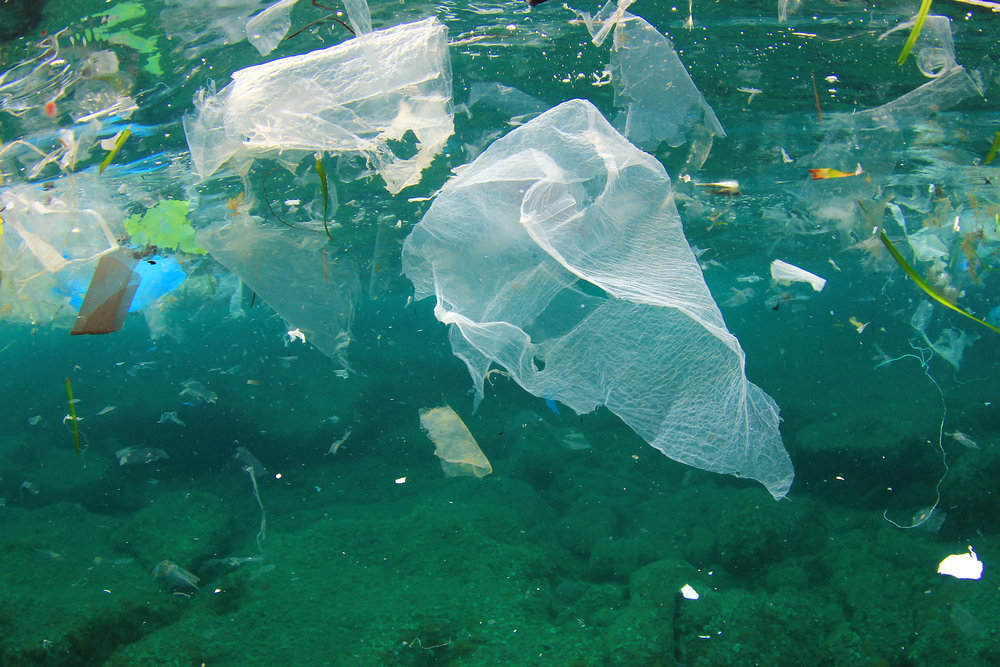Which is the fairest of them all?
One area that has interested me lately is how impacts on the environment are costed. This topic is more important than you might think, as it is the basis of many environmental laws and taxes. So it relates to all three of the reasons for managing environmental risk, as introduced in Unit ED1, Element 2 of the NEBOSH National Diploma in Environmental Management: moral, legal and financial.
There are two ways of working out who pays for the costs associated with environmental impacts – and any accountants among you will recognise these terms: internalising the cost, or externalising it. What do these mean? Well, let’s consider a simple hypothetical case study.
A factory has a large oil tank at the back of the site that is close to a surface water drain. No controls, such as secondary containment or barriers, are in place. A lorry reverses into the tank and ruptures it, causing the oil to escape into the drain and into a nearby river.
A number of financial costs could quite easily accrue, such as those associated with the clean-up operation and investigation of the incident. If we externalise these environmental costs it would be others who would pay – for example, the government or regulator – and the company who caused the pollution would not contribute a penny. If, on the other hand, these costs are internalised then the company pays the cost of the clean-up, etc. The payment of such costs will often be enforced by an environmental law.
For many reasons, internalising costs is the way to go. First of all, it is morally more fair – the company has caused the pollution and should therefore pay for the damage to the environment it has caused. This is the basis of an important environmental principle called ‘polluter pays’, where the cost of an incident is borne by the polluter, not someone else. This approach also acts as a deterrent, as it increases the financial cost of an incident should one occur.
By externalising the costs, the taxpayer ultimately picks up the cost of the damage. This is morally unfair and has no value as a deterrent.
Internalising costs is also embodied in the producer responsibility policy principle. This is really just a more specific version of ‘polluter pays’. It places responsibility for the environmental impact of a product on its producer. It is the basis of a number of laws covering packaging, waste electrical and electronic equipment (WEEE), and end-of-life of vehicles and batteries.
Let’s consider packaging for a moment. Under the Producer Responsibility (Packaging Waste) Regulations 2007 it is a legal requirement for certain companies who manufacture, or fill packaging to contribute to the cost of the facilities required to recycle or recover that packaging when it comes to the end of its life. They do this by buying credits – aka packaging recovery notes (PRNs) – from organisations that actually do the recycling, or recovering of waste packaging. One note is equal to one tonne of packaging recovered or recycled. It is an incentive to the recycling company to recycle and a disincentive to the producer to put excess packing on their products.
Again, this is morally fair, as the producer, rather than the taxpayer, should be expected to contribute towards the recycling/recovery facilities.
Environmental taxation is trying to achieve the same outcome. The aim of the landfill tax is to make those who send waste to landfill contribute to all the external costs associated with landfilling waste, act as a significant financial deterrent to those who send waste to landfill, and promote more sustainable ways to deal with waste, such as recycling.
So, internalising is a fair way to deal with environmental costs – fairer than making the cost external and having taxpayers like ourselves foot the bill for problems that someone else has created.

John Binns BSc (Hons), MSc, MSc, MIEMA
With over 15 years’ experience working in environment management, John Binns BSc (Hons) MSc MIEMA is an experienced environmental tutor and consultant with knowledge of health and safety management.

